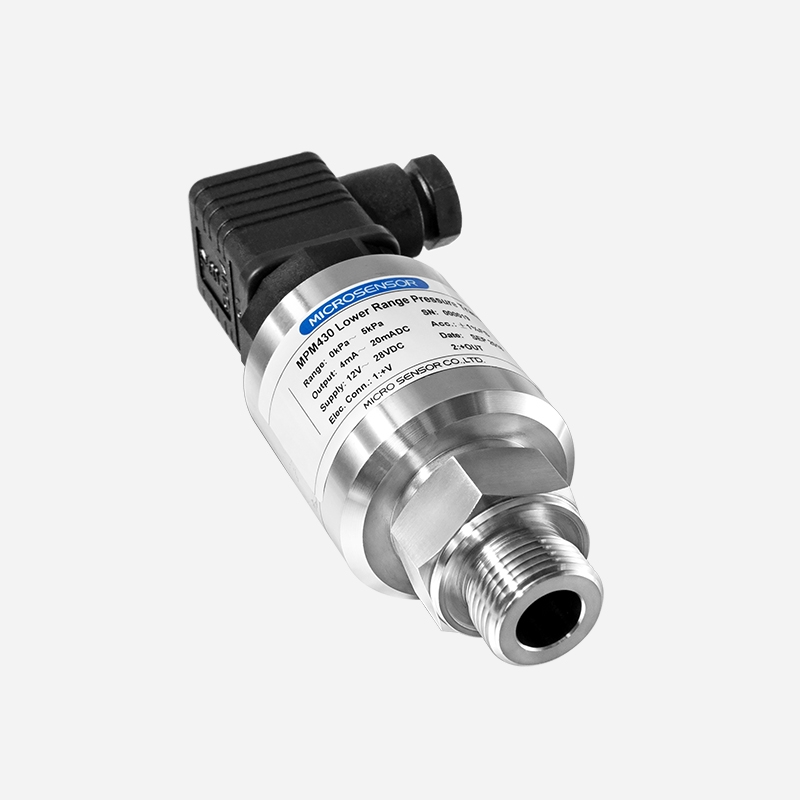Differential Pressure Transmitter
0bar~0.35bar...35bar
Accuracy: ±0.5%FS
4~20mA DC 0/1~5V DC 0~10/20mA DC
New Product Change Notice (PCN) effective Jan 1, 2025. MICROSENSOR appreciate your understanding.
MPM430
Used For
Petrochemical Industry, Power Plant, Mine, Urban Water Supply, Hydro Exploration
Leave a MessageThe MPM430 low range pressure transmitter is designed for low pressure measurements. The low pressure sensor offers two pressure port configurations to choose from, general and non-cavity, with a large contact area between the sensing diaphragm and the medium. The low pressure transducer adopts high-performance ceramic pressure sensor and fully sealed stainless steel structure. Compact size and reliable performance.
Features
• Pressure port has general, non-cavity two structures available. The contact surface between the pressure-sensing diaphragm and the medium is large
• Overpressure can reach dozens of times, which can resist strong pressure shocks
• Intrinsic safety type, Ex ia IIC T6 Ga
Specifications
• Pressure Type: gauge (with negative pressure measurement) absolute
• Long-term Stability: ±0.5%FS/year
• Thermal Drift:
≤±0.15%FS/10℃ (-20℃ ~ 80℃ )
≤±0.2%FS/10℃(-30℃ ~ -20℃ )
• Application Temperature:
-30℃ ~ 80℃ (plug connector type)
-20℃ ~ 70℃ (cable type, cable material: PE, PVC)
Material
• Wetted Parts
Isolated Diaphragm: 96% alumina ceramics
Pressure Port: SS 304
• Non-wetted Parts
Housing: SS 304/SS 316L
Cable: PE/PUR/PVC
Image:
The MPM430 low range pressure transmitter is designed for low pressure measurements. The low pressure sensor offers two pressure port configurations to choose from, general and non-cavity, with a large contact area between the sensing diaphragm and the medium. The low pressure transducer adopts high-performance ceramic pressure sensor and fully sealed stainless steel structure. Compact size and reliable performance.
Features
• Pressure port has general, non-cavity two structures available. The contact surface between the pressure-sensing diaphragm and the medium is large
• Overpressure can reach dozens of times, which can resist strong pressure shocks
• Intrinsic safety type, Ex ia IIC T6 Ga
Specifications
• Pressure Type: gauge (with negative pressure measurement) absolute
• Long-term Stability: ±0.5%FS/year
• Thermal Drift:
≤±0.15%FS/10℃ (-20℃ ~ 80℃ )
≤±0.2%FS/10℃(-30℃ ~ -20℃ )
• Application Temperature:
-30℃ ~ 80℃ (plug connector type)
-20℃ ~ 70℃ (cable type, cable material: PE, PVC)
Material
• Wetted Parts
Isolated Diaphragm: 96% alumina ceramics
Pressure Port: SS 304
• Non-wetted Parts
Housing: SS 304/SS 316L
Cable: PE/PUR/PVC
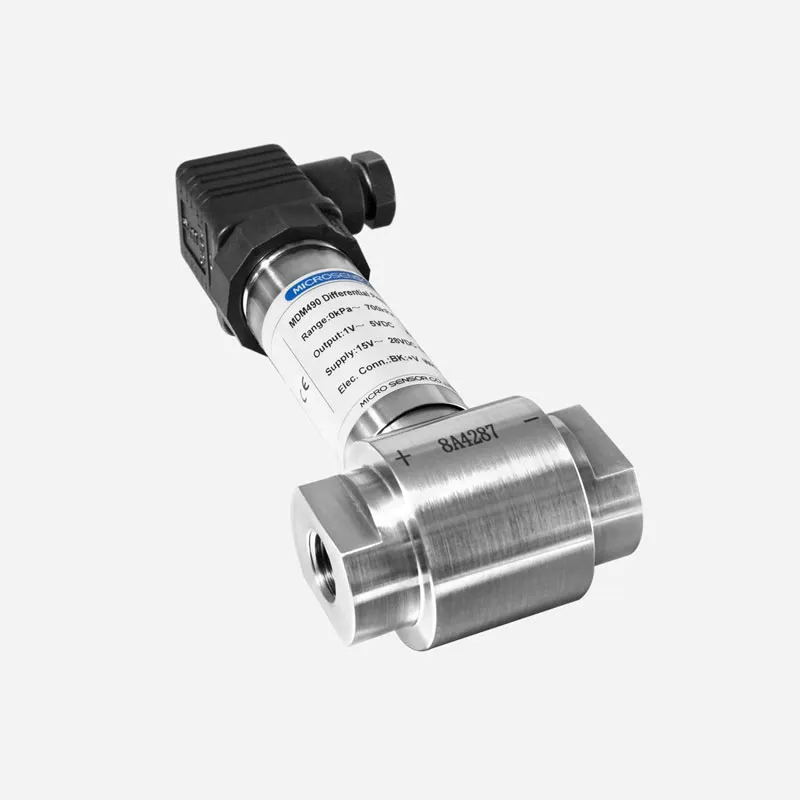
0bar~0.35bar...35bar
Accuracy: ±0.5%FS
4~20mA DC 0/1~5V DC 0~10/20mA DC
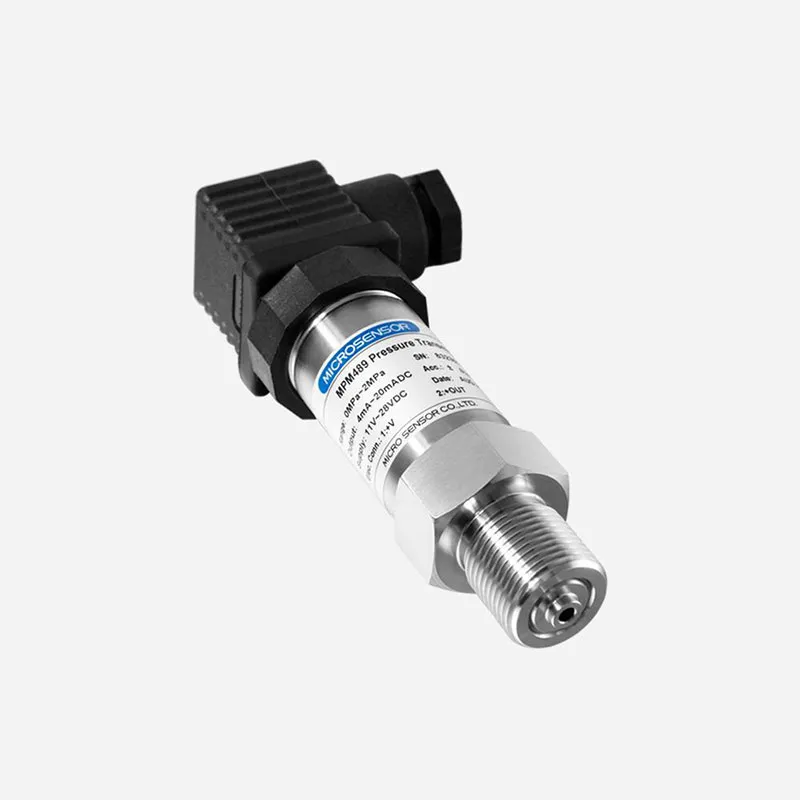
-1bar...0mbar~100mbar…1000bar
General / Flush Diaphragm
CE, RoHS, ATEX approved
DNV and ABS certifications for installation on the ship

Range:-1bar...0~0.1bar…1000bar
Accuracy: ±0.1%FS
RS485/HART Protocol
DNV approved for ship use
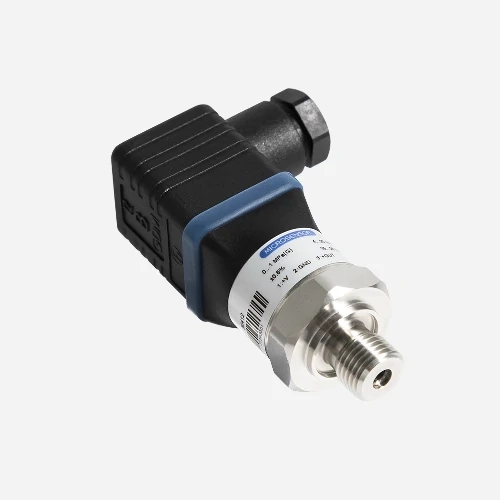
Range: 0~250mbar to 0~250bar
Accuracy:±0.25%FS, ±0.5%FS
Output: 4mA~20mA DC, 0/1V~5/10V DC, 0.5V~4.5V DC
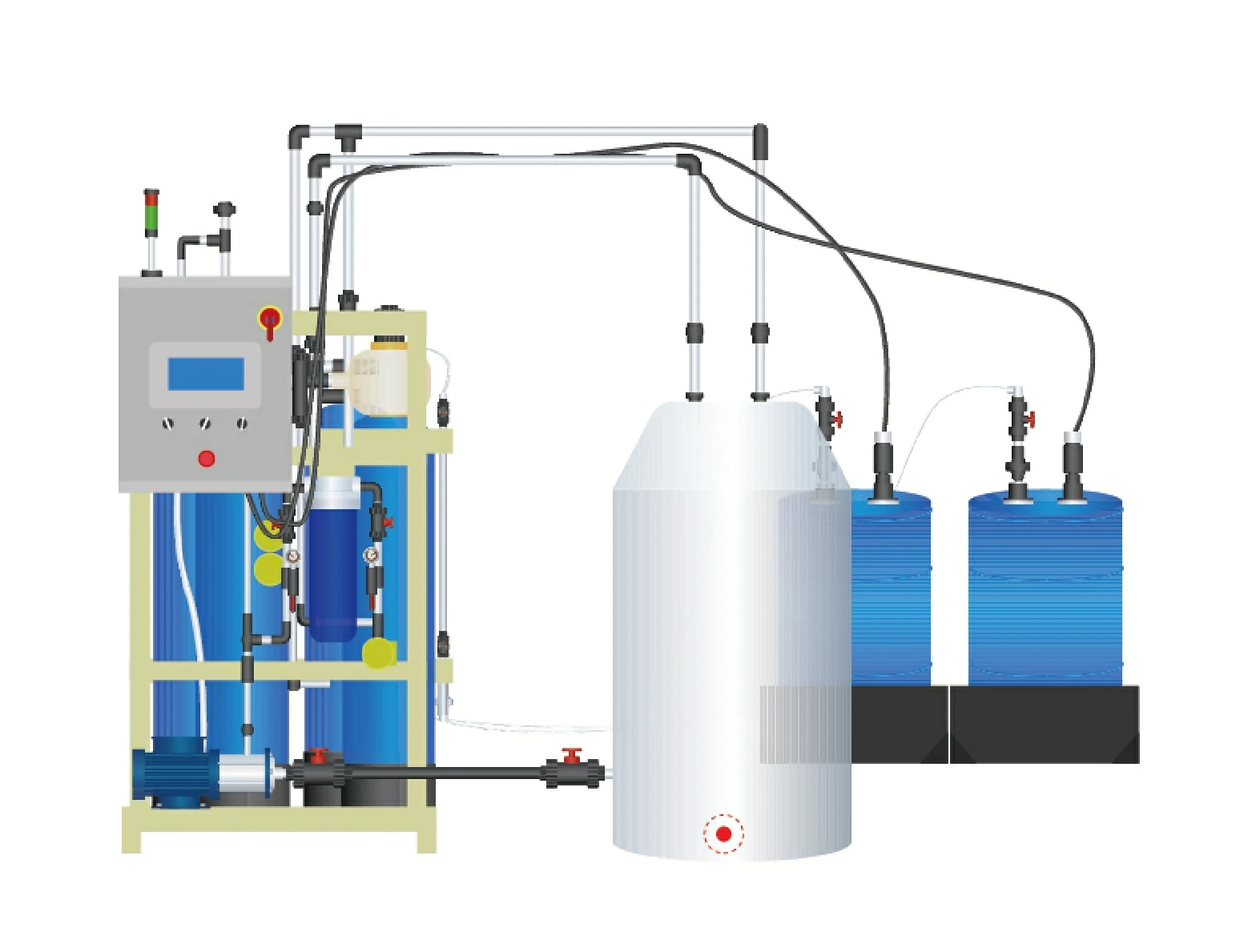
Deionized water is commonly used in industrial manufacturing cleaning processes. The target pressure values should be achieved during the production. It is necessary to monitor the pressure of the inlet and outlet. Only no blockages or leaks ensure normal operation of the production process.
more info...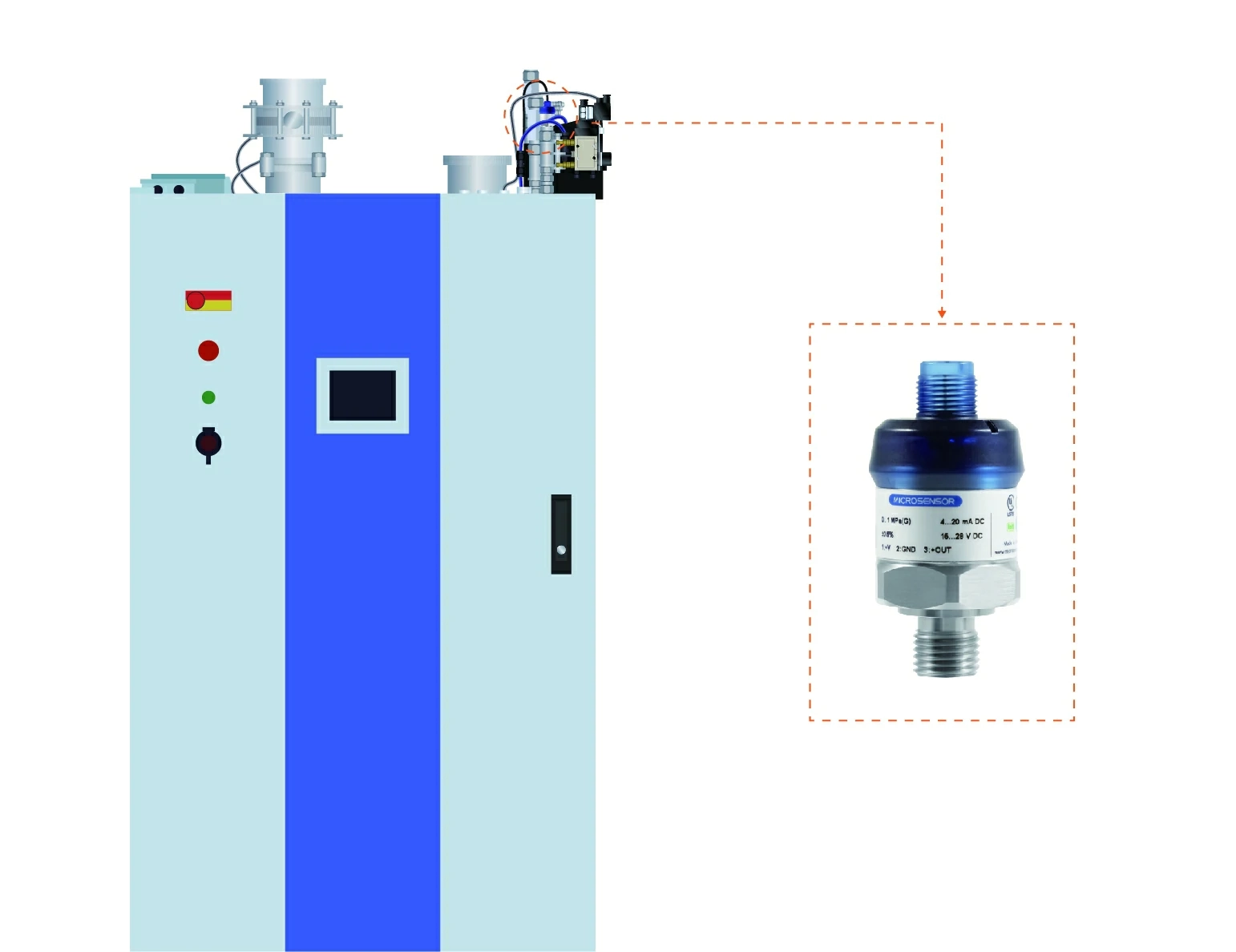
The plasma in a plasma cleaning machine is a state of matter, usually composed of process gases. Therefore, specially designed pressure transmitters must be installed in the relevant gas circuits of the plasma cleaning system to monitor and provide feedback on production data.
more info...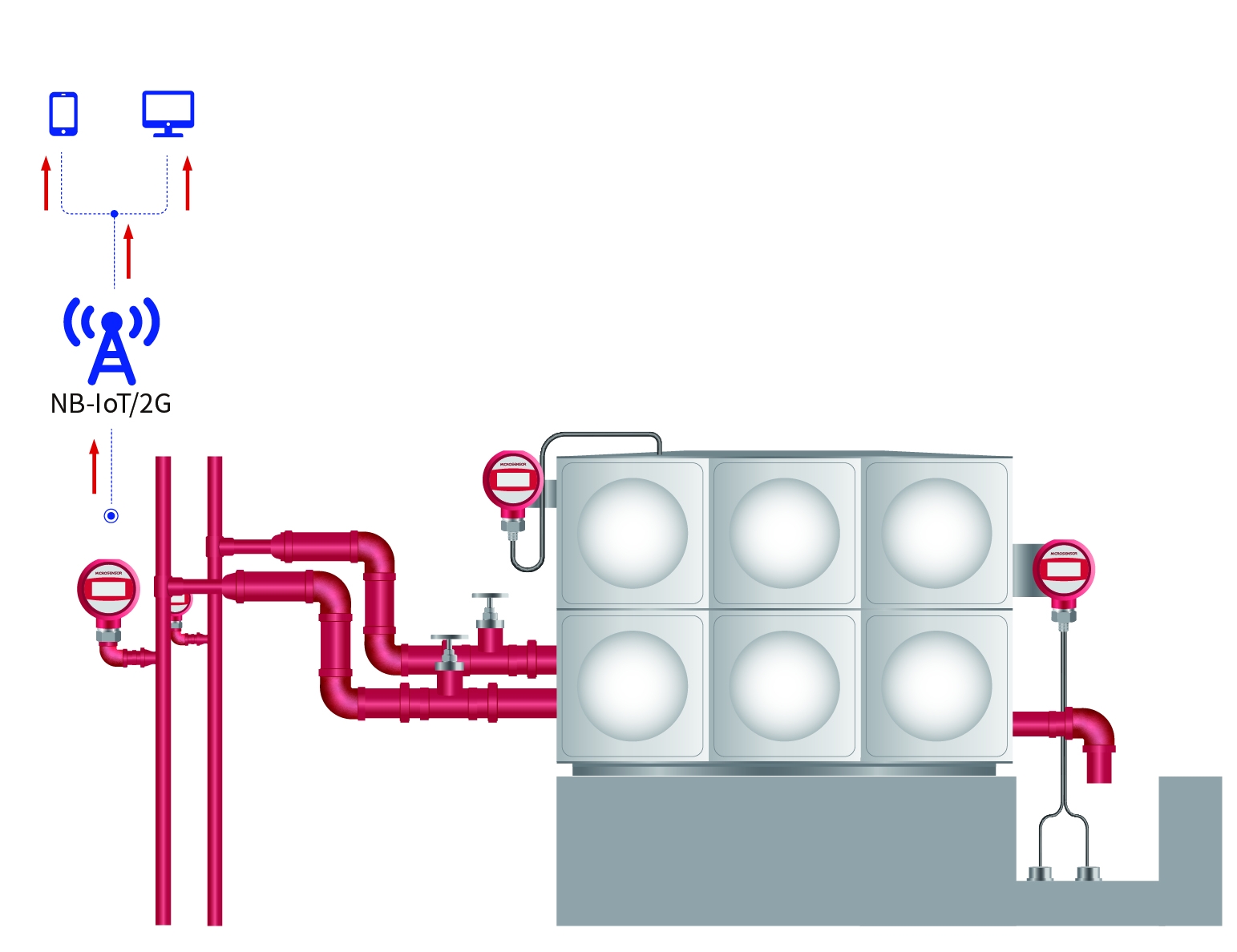
The normal operation of fire-fighting water pipeline plays an important role in safeguarding citizens' personal and property safety. Monitoring instruments are installed at each monitoring point of the fire protection pipeline to monitor pressure and level data in real time, so that when an error occurs, faults are located in time and alarms are given to facilitate staff maintenance and processing.
more info...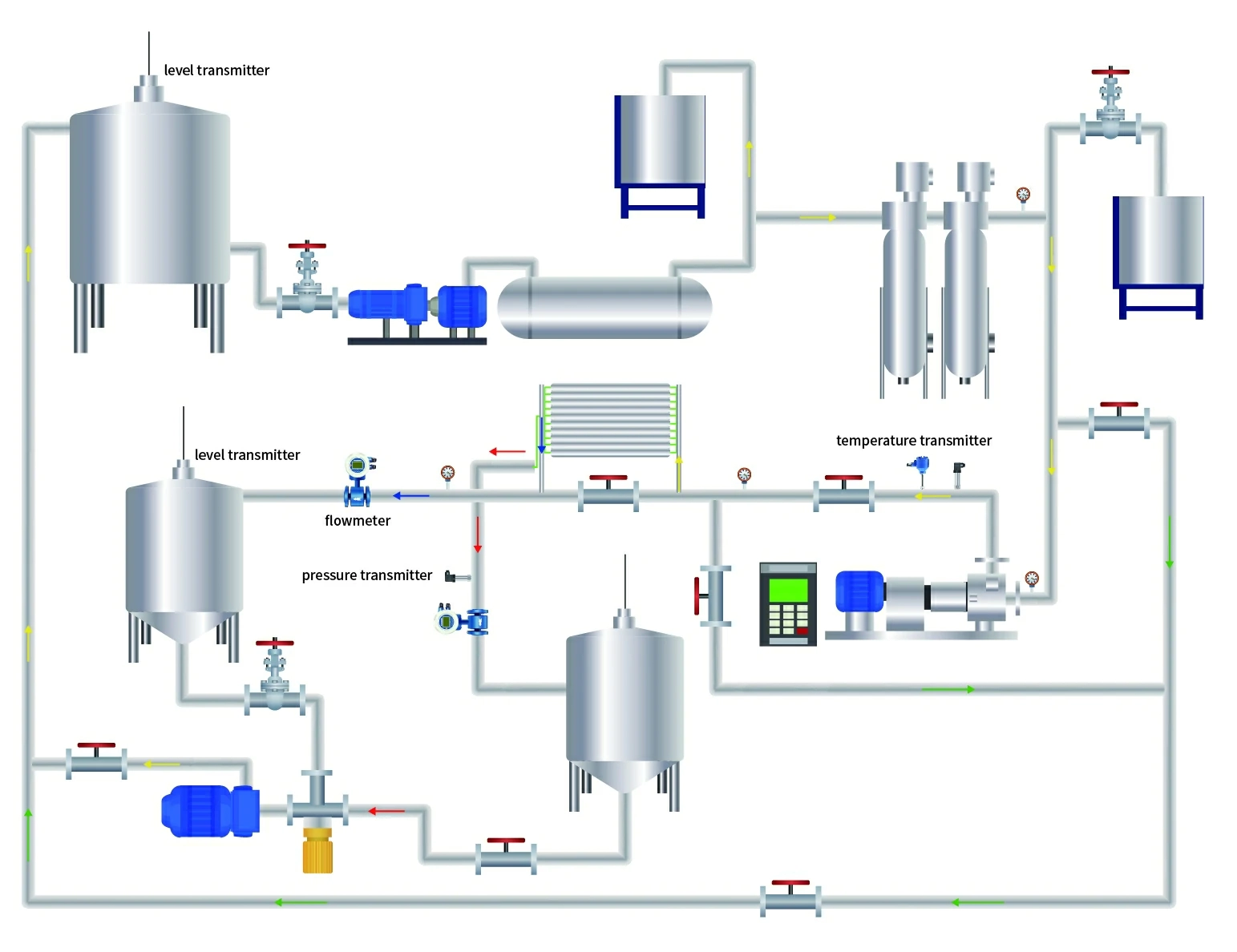
There is a shortage of freshwater resources in coastal or nearshore areas. Desalination is an important solution to water shortages in these areas. During the seawater desalination process, data such as flow rate and liquid level need to be monitored. Monitoring of these data ensures that the system is operating properly.
more info...